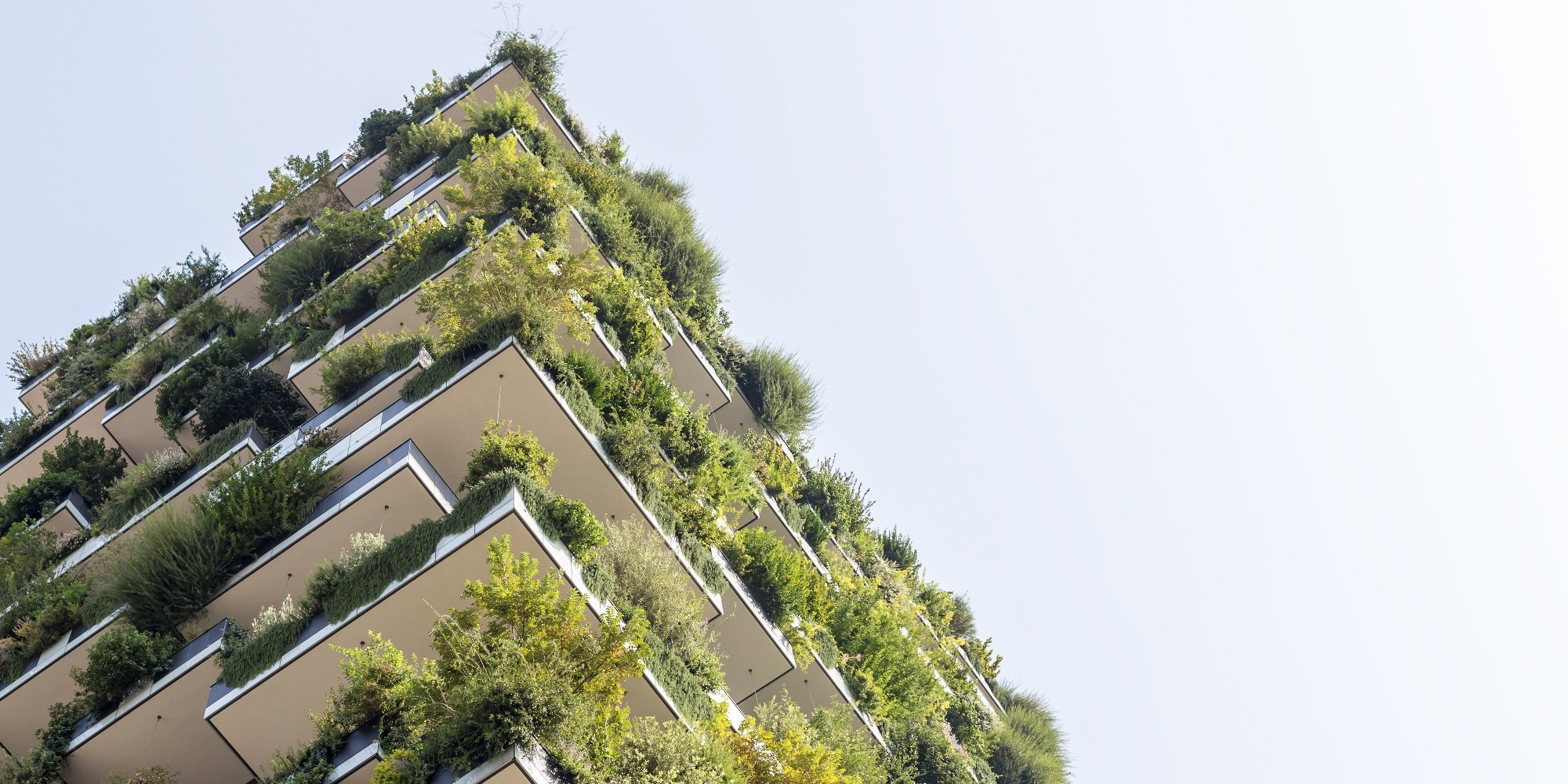In a latest perspective piece printed within the journal PNAS, researchers mentioned the growing significance of microbe-host interactions in influencing not solely well being and illness but in addition feelings, cognition, and habits.
They emphasised the crucial want for constructed setting (BE) design to contemplate the microbiome and for analysis on host-microbiome interactions to include the BE.
The paper additionally highlighted the need for interdisciplinary efforts to develop design protocols selling multispecies well being and fairness in BEs, notably as modern constructions affect microbial variety and human well being.
 Research: The potential significance of the built-environment microbiome and its affect on human well being. Picture Credit score: tostphoto / Shutterstock
Research: The potential significance of the built-environment microbiome and its affect on human well being. Picture Credit score: tostphoto / Shutterstock
Background
People, having advanced in microbial-rich environments, kind nested ecosystems interacting with numerous microbial communities.
Millennia of habitat shifts from nature to BE, which isolates us from pure microbial variety, impacting well being by decreasing publicity to numerous microbes and fostering illness circumstances. The BE serves as a reservoir for useful and dangerous microbes, influencing human habits and exacerbating power illnesses.
Recognizing the intricate relationship between people and their BEs requires understanding the human metaorganism. The authors counsel parallels between the BE and the immune system, which perform as gatekeepers between inside and exterior environments, arguing that this strategy can promote well being fairness globally.
Advantages of porous BE
BE techniques are advanced, influenced by filters and limitations from buildings to landscapes, and accommodate numerous human circumstances. Nevertheless, fashionable architectural design goals to cut back pure components, reducing environmental microbes coming into buildings.
With nearly all of fashionable life going down indoors, buildings combine exterior environments, regulating circumstances and fostering exchanges amongst residents.
Nevertheless, this integration isolates shared areas. As buildings seal, people develop into major microbial sources, prompting questions on microbiomes. Whereas historic responses emphasised openness, modern designs prioritize power effectivity, leading to sealed constructions limiting variety.
Nevertheless, inside the human metaorganism, boundaries like intestine and pores and skin interfaces are porous, enabling alternate. Equally, porosity within the BE can increase well being by exposing to exterior microbes with few pathogens whereas decreasing microbes tailored to people, although environmental pollution might doubtlessly be a priority.
Immune techniques and BE
Insights from the immunological literature counsel reconsidering the BE as greater than a passive entity however quite as an extension of the immune system, managing microbial interactions akin to the physique’s protection mechanisms.
The BE, just like the immune system, discerns between useful and dangerous exposures, elevating questions on well being upkeep past microbial variety alone.
Understanding whether or not the BE fosters unhealthy circumstances on account of publicity to dangerous elements or from the absence of publicity to more healthy, non-built environments is essential.
Sociocultural components, local weather, and obtainable sources affect the connection between indoor and outside areas, with non-Western or indigenous constructions doubtlessly providing more healthy fashions by facilitating numerous microbial flows.
Curated publicity and ‘rewilding’
To advertise well being, buildings might require the lively curation of microbial variety, difficult standard notions of boundaries.
Optimizing the BE entails contemplating present microbial communities as collaborative inhabitants and researching supplies conducive to wholesome BEs which will promote well being outcomes.
Transitioning from an antimicrobial to a probiotic philosophy in design might contain reintroducing pure components and adopting fewer poisonous supplies. Understanding the significance of the BE for microbiomes is essential, particularly as BEs develop into much less permeable between inside and exterior environments.
As devoted BEs for well being restoration, hospitals present beneficial insights, exemplified by initiatives just like the Hospital Microbiome Consortium.
Alternatives for future analysis
Additional analysis throughout numerous demographics and cultures is important to know how completely different architectural approaches have an effect on human microbiomes and total well being. The authors advocate for research that transfer past correlations to uncover causal relationships between the BE, BE microbiome, and human microbiome.
Experimental mannequin techniques, together with laboratory animal fashions, are essential for manipulating these interactions and inherently characterize BEs. Learning pure fashions of BE microbiome-human interactions, resembling animal-built environments, can present beneficial insights into ecological constructing and sustainability.
Engineering concerns for rethinking the BE ought to prioritize selling microbial variety, difficult standard heating, cooling, and air flow techniques, and embracing different heating and cooling strategies to create dynamic thermal experiences.
The idea of the “wholesome home” and the significance of connections to the skin setting are historic. Nevertheless, fashionable understanding emphasizes the function of BE design in sustaining numerous microbiomes and stopping illness.
Answering key questions on defining wholesome buildings, reconciling BE with nature, and maximizing microbial variety requires essentially rethinking constructing design and incorporating regional local weather, ecological, and cultural variations.
Conclusions
Embracing the advanced relationship between people and their microbial setting is crucial for understanding well being and addressing widespread life-style illnesses.
Setting up BEs with the microbiome in thoughts is a big problem of the twenty first century and requires interdisciplinary collaboration amongst architects, designers, anthropologists, and microbiologists throughout numerous views.
Microbiome-aided design frameworks combine microbial wants into architectural plans and supply alternatives for social and environmental justice because of the potential for selling extended human and environmental well being.
Journal reference:
- The potential significance of the constructed setting microbiome and its affect on human well being. Bosch, T.C.G. Wigley, M., Colomina, B., Melby, M.Okay. Proceedings of the Nationwide Academy of Sciences (2024). DOI: 10.1073/pnas.2313971121, https://www.pnas.org/doi/10.1073/pnas.2313971121
